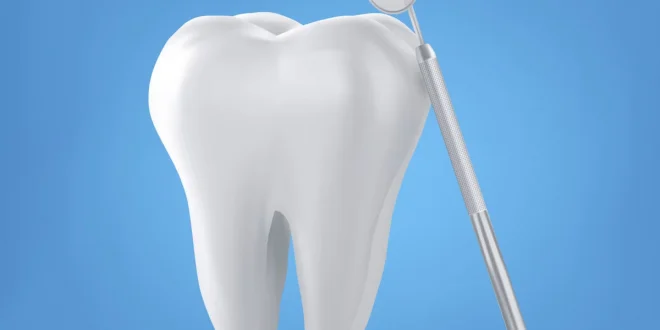Dental software plays a crucial role in modern dental practices, aiding in appointment scheduling, electronic health records (EHR) management, treatment planning, and much more. One essential aspect of utilizing dental software effectively is tracking patient interactions. Monitoring these interactions ensures streamlined workflows, enhanced patient care, and improved practice efficiency. Let’s explore various methods to track patient interactions with dental software.
1. Utilize Electronic Health Records (EHR):
It’s important to keep track of patient interactions and their medical history. Electronic Health Records (EHRs) serve as a central repository of patient information, including treatment plans and communication records. Utilizing EHR systems can help practitioners and staff accurately record and monitor patient visits, diagnoses, treatments, and follow-up appointments. Dental EHR helps in recording all the details, which can be helpful for future consultations.
2. Appointment and Scheduling Management:
Dental software often includes a robust scheduling system that enables the team to manage patient appointments efficiently. The dental practice can use this tool to track appointment history, missed appointments, and rescheduled visits. Effective appointment management not only guarantees a seamless patient flow but also enables the delivery of timely care.
3. Patient Communication Tracking:
Modern dental software offers various communication channels, such as emails, text messages, and in-app messaging. These channels enable seamless communication between the dental team and patients. The practice can monitor patient responses, appointment confirmations, and any patient queries or concerns by tracking these interactions.
4. Treatment Planning and Progress Tracking:
A dental software that is comprehensive enables dentists to develop detailed treatment plans for their patients. This feature helps monitor the progress of ongoing treatments as well as keeping track of completed procedures. Updating treatment records within the software ensures that the dental team maintains continuity of care and promptly identifies any delays or complications.
5. Integrated Notes and Documentation:
Effective patient care requires accurate and up-to-date documentation. Dental software often includes note-taking functionalities that allow dentists and staff to document patient encounters, treatment outcomes, and any pertinent observations. This information facilitates tracking the patient’s dental journey and helps in making informed decisions about future treatment plans. With the help of dental EHR you can keep everything updated about the patients.
6. Integration with Imaging and Diagnostic Tools:
Modern software can integrate with various imaging and diagnostic tools, such as X-ray machines and intraoral cameras. The images and diagnostic reports generated during patient visits can be stored directly in the patient’s EHR. This integration ensures that all relevant information is available in one place, making tracking and analyzing patient interactions easier.
7. Monitor Patient Engagement and Satisfaction:
Did you know that dental software can assist in measuring patient satisfaction and engagement? The software does this by collecting patient feedback and surveys. Regularly seeking patient input helps the practice pinpoint areas needing improvement and monitor changes in patient satisfaction levels over time.
8. Reporting and Analytics:
When it comes to software, it often comes equipped with features for reporting and analytics. These features can help practices analyze patient interaction data, providing valuable insights into appointment trends, patient behaviour, and treatment patterns. By utilizing these reports, practices can optimize workflows and ultimately enhance patient care.
Conclusion:
Tracking patient interactions with dental software is vital for delivering high-quality dental care and streamlining practice operations. Dental practices can efficiently monitor patient interactions and continuously improve their services by utilizing electronic health records, appointment management, patient communication, treatment planning, documentation, and analytics. Embracing the full potential of dental software ensures that patients receive personalized and well-coordinated care, leading to a more successful and patient-centric dental practice.
 HammBurg Be informed with latest news, reviews, entertainment, lifestyle tips, and much more.
HammBurg Be informed with latest news, reviews, entertainment, lifestyle tips, and much more.




